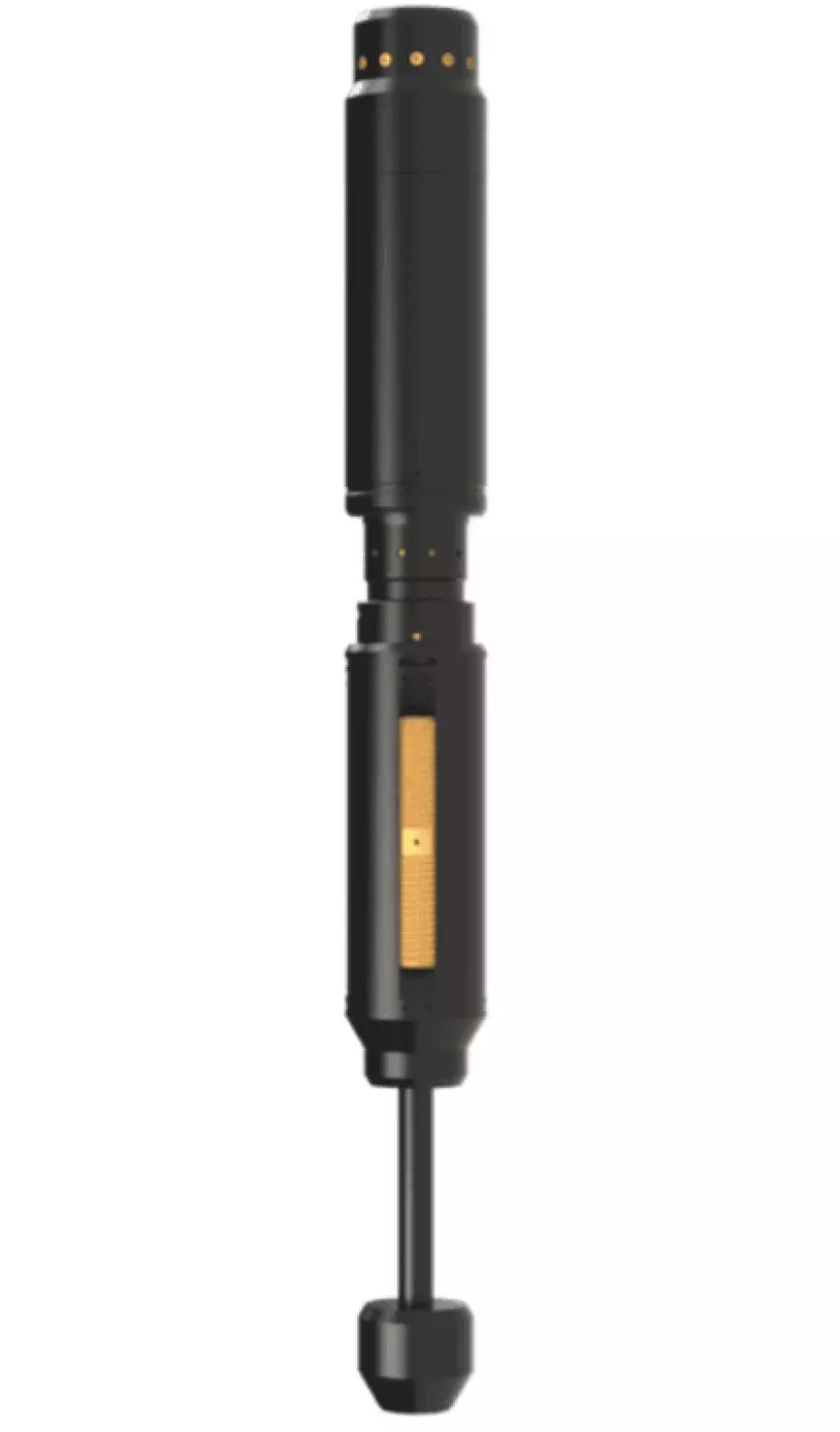How Does a Whipstock Work? A Comprehensive Guide to the Ingenious Technology
A whipstock is a tool used in oil and gas drilling to change the direction of the wellbore. It's essentially a wedge-shaped piece of equipment that is placed into the existing wellbore.

Introduction to Whipstock Technology
How does a whipstock work? In the world of directional drilling, whipstocks serve as critical devices that pave the way for navigational excellence. Understanding how a whipstock works is essential for professionals in the oil and gas industry, as well as for curious minds eager to grasp this remarkable technology. We aim to provide an in-depth look into the functionalities, applications, and intricacies of whipstocks.
The Core Functionality of Whipstocks
A whipstock is essentially a wedge-shaped tool that is placed inside a borehole to change the direction of drilling. The primary purpose is to guide the drill bit in a predetermined direction, usually away from the original wellbore. This is crucial when engineers need to deviate from the existing borehole, either for optimization or for corrective measures.
Materials and Construction
Crafted from high-grade steel or specialized alloys, whipstocks are designed to withstand extreme pressure and temperatures. This robust construction ensures longevity and reliability, especially in challenging drilling environments. Additionally, the whipstock's sloping face is commonly coated with hard materials like tungsten carbide to minimize wear and tear.
Installation Procedures
Installing a whipstock involves a sequence of carefully coordinated steps. Initially, the existing casing is cut to create an entry point for the whipstock. This is typically done using a casing cutter. Once the casing is cut, the whipstock is lowered into the wellbore and set in place using mechanical or hydraulic anchors. Precision is paramount, as even minor misalignments can result in drilling inaccuracies.
Operational Advantages of Whipstocks
- Enhanced Directional Control: Whipstocks offer unparalleled control over the direction of drilling, allowing for increased accuracy.
- Time and Cost Efficiency: By facilitating targeted drilling, whipstocks can significantly reduce the time and resources required for well completion.
- Increased Operational Flexibility: The use of a whipstock allows engineers to easily access reserves that are situated in complex geological formations.
Applications Beyond Oil and Gas
While predominantly used in the oil and gas sectors, whipstocks are also utilized in water well drilling and geothermal applications. The versatility of whipstocks stems from their core function: to alter the trajectory of drilling in a precise and controlled manner.
The Future of Whipstock Technology
Advancements in computational simulations and material science are pushing the boundaries of whipstock technology. Modern whipstocks are now integrated with sensors and data analytics tools that provide real-time feedback, optimizing drilling operations further.
Common Misconceptions About Whipstocks
Contrary to popular belief, whipstocks are not a "one-size-fits-all" solution. Engineers must meticulously plan and select the appropriate type of whipstock, taking into consideration factors such as borehole diameter, depth, and the nature of the geological formation.
Conclusion: The Indispensable Role of Whipstocks
How does a whipstock work? Understanding how a whipstock works is more than a technical inquiry; it is a glimpse into the evolving landscape of drilling technologies. Whether you're a seasoned engineer or a curious layperson, recognizing the importance of whipstocks will deepen your appreciation for the intricate systems that fuel our world.
What's Your Reaction?

























































































